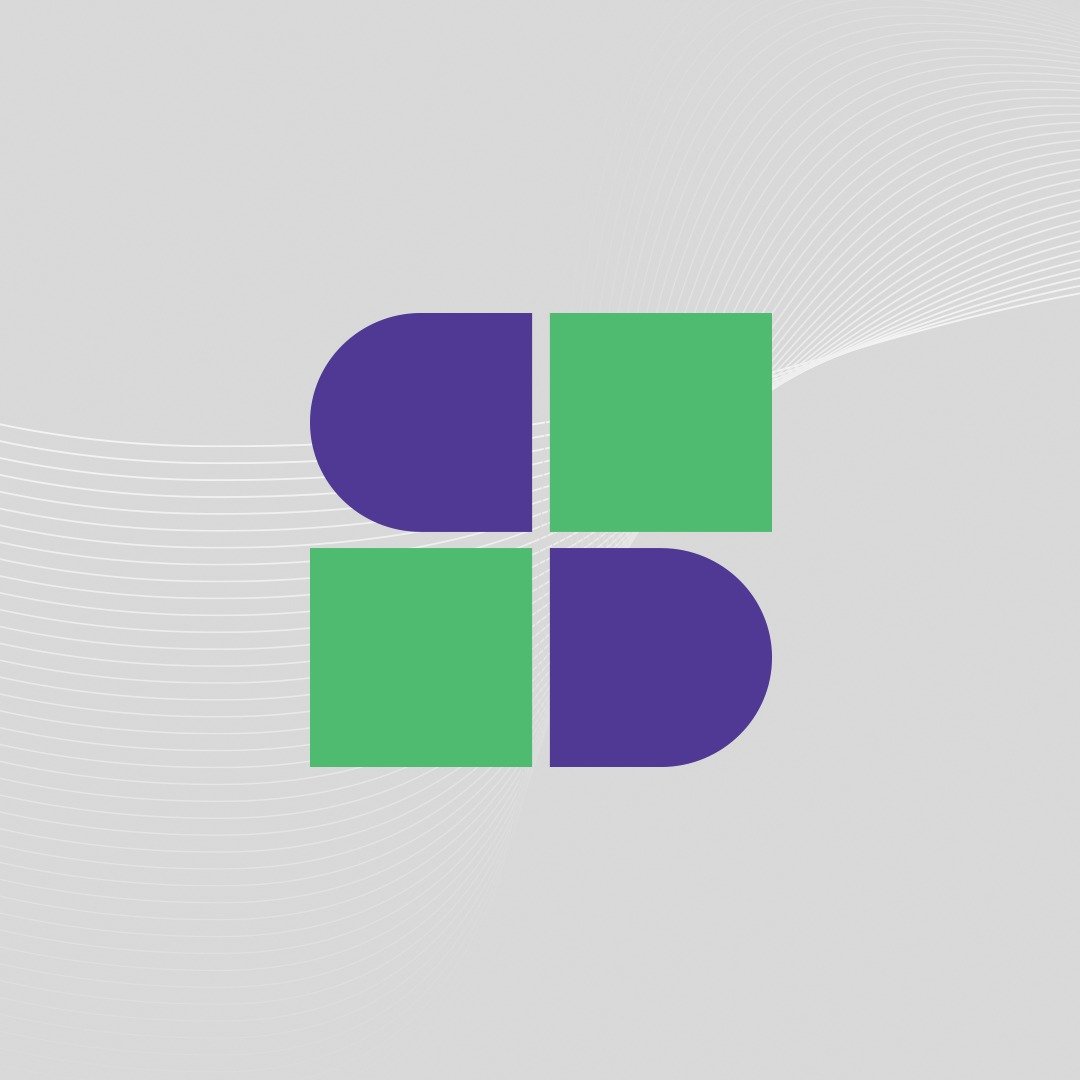Last updated on September 8th, 2025 at 06:29 am
With this cloud-first direction of development, security is not an afterthought. With organisations increasingly embracing DevOps to speed up the delivery of software with better quality, it is vitally important to incorporate good security practices directly into the pipeline. This is where Security in AWS DevOps takes the stage, integrating DevSecOps ethos in your AWS environment and complementing the proactiveness and pace of DevOps with DevSecOps compliance.
Of them, AWS CloudFormation security is one of the most powerful methods that lets teams define and provision AWS infrastructure in a reproducible and secure manner, leveraging Infrastructure as Code (IaC). While CloudFormation works with DevSecOps, it allows businesses to automate security best practices, gain compliance and scale up the protection of cloud resources.
In this blog, we’ll explore how integrating DevSecOps with CloudFormation enhances AWS infrastructure as code security, the challenges you might face, and how to build a robust, secure deployment pipeline that empowers your team to innovate confidently.
The Rising Importance of Security in AWS DevOps
Development teams of today use AWS Cloud Computing Services to quickly build, test and deploy an application. There is a lot of tools and services that AWS offer in order to enable this process, but more flexibility means more responsibility. Incorrectly configured resources, insecure defaults, and unnoticed vulnerabilities put millions of dollars’ worth of workloads at risk.
Classic security approaches are mismatched to modern CI/CD pipelines. Test pass rounds with security checks attached at the end of the release cycle create delays and inefficiencies, and even worse, can be ignored altogether to meet aggressive release schedules. And this is where integrating DevSecOps with AWS becomes very important.
DevSecOps moves security to the beginning of the development lifecycle. In it, everyone from development to ops to the security team behaves in a manner focused on automating security controls and policy to catch and remediate vulnerabilities early in the development process.
Understanding AWS CloudFormation Security
AWS CloudFormation is AWS’s Infrastructure as Code (IaC) service, used to define and handle cloud resources in a consistent and repeatable way via templates. You can codify your whole stack, everything from EC2 instances to VPCs, security groups to IAM roles
But why is the security of AWS CloudFormation so crucial?
If your templates are misconfigured, these misconfigurations will be repeated in environments where your infrastructure is defined as code. A misconfigured IAM policy or an exposed security group could easily get forgotten and become a viable attack vector.
Just like application code, CloudFormation allows you to version, peer review, and use bone-cured automation to test your infrastructure. With this in place, it is very easy to implement AWS infrastructure as code security practices at scale.
Integrating DevSecOps with AWS CloudFormation
Integrating DevSecOps with AWS will require embedding security testing & validation as part of your CI/CD pipelines with the help of AWS-native services and trusted 3rd party solutions. Shifting security left helps you find and fix vulnerabilities even before they reach production, while speeding up delivery, enabling you to communicate a solid AWS infrastructure as code security posture.
In the following, I provide a detailed description of each integration point.
1. Template Scanning
CloudFormation templates define your infrastructure, meaning this is a key surface area for security validation for your stacks. Automated scanning of these templates for insecure configurations can now be done using tools such as cfn-nag, Checkov, and AWS CloudFormation Guard (CFN Guard).
- cfn-nag – checks for security risks, including open security groups, unencrypted resources, and IAM policies that could allow wildcard permissions
- Checkov is open-source and is a code testing tool that supports policy-as-code checks and helps validate resources built with AWS CIS Benchmarks and other custom policies.
- CFN Guard enables you to create rule sets to validate compliance, for example, checking if the CloudFormation templates define values for encryption or if the resources are tagged to help determine which teams are using what resources.
Using these scanners in your workflow can help you ensure that the templates follow best practices and do not have misconfigurations to expose your AWS environment to risk.
2. IAM Validation
CloudFormation templates with embedded IAM policies are another common source of excessive permissions. To follow the principle of least privilege:
- Check IAM roles and policies in templates to make sure that permissions are minimal.
- Generate alerts on resource policies that give unintended permissions using policy analyzers (e.g., use AWS IAM Access Analyzer)
- Prefer managed policies only when necessary, and audit all wildcard permissions (*) to assess necessity.
Integrating and enforcing these checks in your pipeline adds another layer to your AWS CloudFormation security, minimizing not only the attack surface but also the impact of privilege escalation.
3. Secrets Management
Writing secrets in CloudFormation, like database credentials or API tokens, or SSH keys, within the CloudFormation template is a big NO! Don’t go around storing sensitive data in plain text; get this pretty safe with AWS Secrets Manager or AWS Systems Manager Parameter Store.
- Secrets Manager makes it easy to securely store secrets, automatically rotating and encrypting them.
- Reference these secrets within your CloudFormation templates using dynamic references (e.g., {{resolve:secretsmanager:mysecret:SecretString: password}}) to inject them securely at runtime.
- Make sure the IAM roles associated with the stacks have permissions to fetch only the secrets required by that resource.
This method substitutes hard-coded values with secure references, which makes the secrets both encrypted and auditable while being more manageable, in line with the DevSecOps automation AWS best practices.
4. Automated Compliance Checks
Although CloudFormation can provision the resources based on the expected configurations, there will be no monitoring, and as a result, configurations can drift and violate compliance. To enforce compliance:
- AWS Config is a service that enables you to assess, audit, and evaluate the configuration of your AWS resources.
- Implement encryption, tagging, or network configuration policies by designing custom AWS Config rules or leveraging managed rules.
- Use AWS Security Hub to aggregate and prioritise security findings from AWS Config and other services, including GuardDuty and Inspector, as well as from third-party tools.
The above integrations help keep your CloudFormation managed resources compliant with your organization’s governance framework by reducing compliance drift without compromising on the agility that CloudFormation provides.
5. Pipeline Integration
By embedding these security controls into your CI/CD pipeline, you have infrastructure scanning, validation, and security in place before deployment, making security something that is integrated into your delivery workflow. You can achieve this by:
- AWS CodePipeline orchestrates stages with:
- Pre-deployment template linting and security scanning
- Unit tests validate resource configurations.
- If the security checks fail, then the deployment is not performed.
- Configure CI/CD pipelines with security scan steps using cfn-lint, Checkov, or custom scripts via GitHub Actions or Jenkins
- Automate notifications, Automate Fail at Fast with Vulnerabilities to Action Immediately.
With a gate that incorporates security into your deployment process, it automates DevSecOps automation AWS workflows, thus hitting the pipeline-bound approach that reduces human touch.
Automating Compliance with AWS CloudFormation
For many organizations, particularly those in regulated verticals, compliance is the key security challenge. CloudFormation helps you to codify governance so that you can enforce compliance and ensure that governance policies are included as part of the infrastructure that you deploy.
AWS Config Rules and AWS Service Catalog Examples. Services like AWS Config Rules and AWS Service Catalog help to meet your organization’s quotas for the resources that can be deployed through CloudFormation. When you combine these controls to make compliance an integral part of your DevOps pipeline, not an afterthought.
Coupling compliance with automation like this is the gold standard of AWS infrastructure as code security best practices to inspire greater confidence in your cloud operations.
Addressing Common DevSecOps Pitfalls with CloudFormation
The goodness of marrying DevSecOps with CloudFormation is evident, but we have to get into what works:
a. Cultural and Training: Cultural changing is needed to migrate to DevSecOps. Teams must have the know-how that security is everybody’s business. That means upskilling developers to write secure templates and run security tools, which is a critical part of a dynamic long-term strategy.
b. Tool Sprawl: One of the biggest problems with AWS environments are the large amount of security tools available. The right mix that suits your workflow, acts as a seamless integration and offers actionable insights should be chosen carefully.
c. Keeping up with the Changes: The AWS ecosystem is fast-moving. Services and features are regularly released. Maintaining your templates with updated security best practices requires ongoing education on your part coupled with active upkeep.
However, by recognizing these pitfalls and dealing with them, organizations can be well on their way to fully automating their AWS DevSecOps practices in their CloudFormation workflows.
Final thoughts
It is a fact that cloud infrastructure is not something you secure only once — it is a continuous journey needing the ideal combination of automation, collaboration, and governance. As soon as you started integrating DevSecOps with AWS, retaining CloudFormation as the backbone for your IaC strategy, you empower your teams to create secure, compliant, and resilient cloud environments.
At this stage, you should be embedding your security checks straight in your CI/CD pipelines, working on least privilege, template validation, and automating as much as possible. By taking this proactive approach, security becomes a competitive advantage instead of a bottleneck.
However, with the right practices, tooling, and culture, it can provide your organization with all the potential of AWS Cloud Computing Services without sacrificing security.
Want to prepare your infrastructure for securing DevSecOps? Start using CloudFormation today, and put security in every line of code you deploy.
Author Bio: Patel Nasrullah is the co-founder of Peerbits, a global tech company specializing in software development, mobile and web app development, DevOps, and cloud solutions. With over 10+ years of experience, he leads initiatives for the company’s diverse service profiles. Patel’s deep expertise in scalable systems and agile delivery helps businesses accelerate innovation and build high-performing digital products.

Software Testing Lead providing quality content related to software testing, security testing, agile testing, quality assurance, and beta testing. You can publish your good content on STL.



